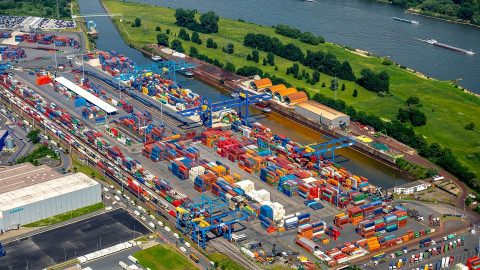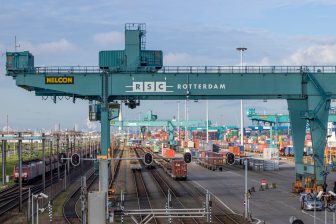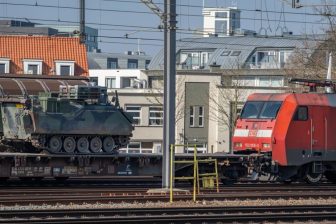
Updates on more accurate ETA figures? Come to Munich
Two European initiatives for the development of the rail freight sector – CESAR and the ELETA – will be hosting a joint event at the Transport Logistic Exhibition, that will be held in Munich next week. On 5 June the two parties will present the current status of the projects that are to improve the accuracy of the estimated time of arrival (ETA) freight trains in Europe.
The event also marks the 15th anniversary of CESAR, the common European platform for transport-related information exchange between Combined Transport operators and their customers. Although serving the industry for many years, this system did not include information about the progress of the train journey until now. This is about to change with the ELETA project.
ELETA project
The ELETA project started in 2017, with the main aim to improve the accuracy of the ETA figures. More exact data can be reached by forecast calculators taking algorithms into account. “By using the experiences of previous train journeys and delays from the past, Artificial Intelligence or Machine Learning can achieve a higher level of accuracy”, Ad Toet explained earlier.
Five intermodal operators have taken the lead; Hupac, Kombiverkehr, Mercitalia, Rail Cargo Operator and Lineas. Their main aim is to link information about the ETAs of the train journeys to their messages about the subsequent transport by road. The project is applied in twelve pilot intermodal trains, most of them on the Rhine Alpine Corridor. The projects involves terminals in the Netherlands, Belgium, Germany, Switzerland, France, Austria and Italy.
Data sharing
A great deal of knowledge and experience has already come from the ELETA test work. For example, it provides input in adapting European regulations for the harmonisation of electronic message traffic in rail freight transport, the so-called Technical Specifications for Interoperability-Telematic Applications in Freight (TSI-TAF ).
The TAF-TSI, which has been in existence since 2004, regulates message traffic between rail operators and infrastructure managers, but does not yet provide clarity about information exchange with intermodal terminals and operators. With the ELETA project, that is now changing.
Are you interested in hearing more about the current developments of these projects? The parties host an event from 10.15-13.00 in Hall A5, Room 52. Registration can be done here.





